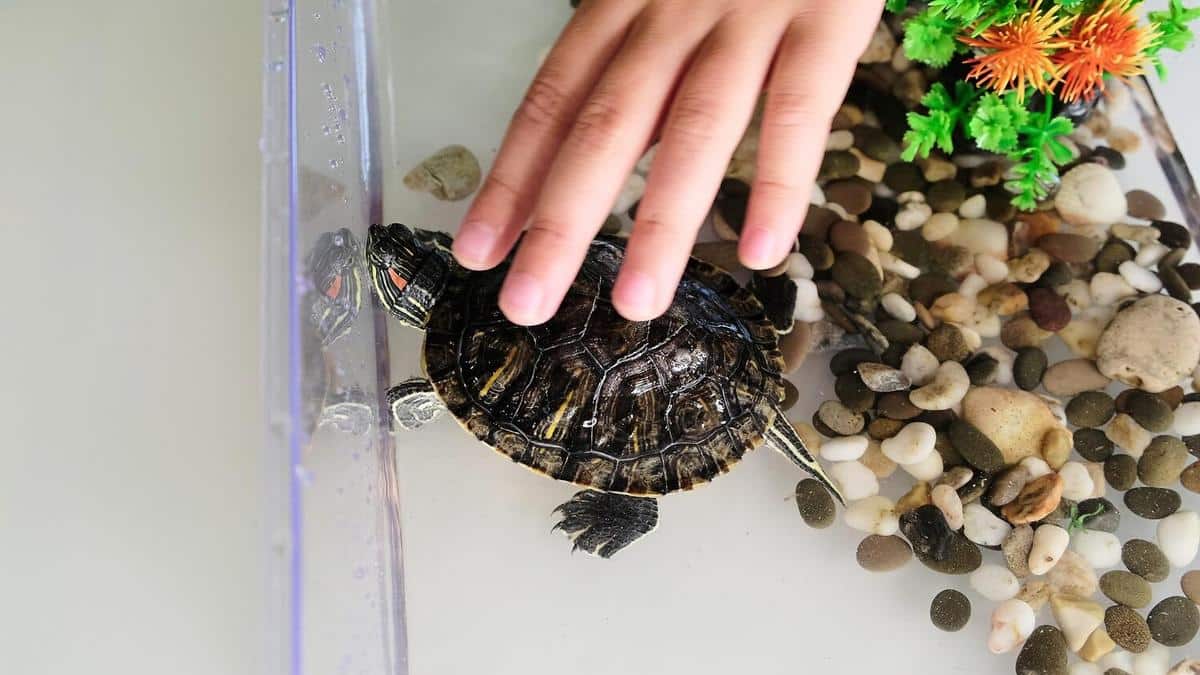
Exploring the Fascination with Pet Turtles
Turtles have long captured human curiosity, not only for their ancient lineage but also for their unique charm as pets. These fascinating reptiles offer a glimpse into a different world, making them a beloved choice for exotic pet enthusiasts.
The Allure of Pet Turtles
Pet turtles hold a special place in the hearts of many due to their distinctive characteristics and the low-maintenance lifestyle they offer. Unlike more traditional pets, turtles present an intriguing combination of longevity, adaptability, and a unique presence that captivates their owners.
Expert Insights
Dr. Emily Johnson, a renowned herpetologist, notes that “Turtles provide a unique opportunity for observation and learning, offering insights into reptilian behavior and ecology that aren’t as readily available with other pets.” This perspective is echoed by many turtle owners who appreciate the educational aspect of caring for these creatures.
Interesting Turtle Facts
- Some turtle species can live up to 100 years, making them lifetime companions.
- Turtles are known for their exceptional navigation skills, often returning to the same nesting grounds yearly.
- They have a varied diet that can include leafy greens, insects, and specialized turtle pellets.
Anecdotes from Turtle Owners
Consider the experience of Mark, who adopted a small red-eared slider two years ago. He shares, “I’ve found that turtles have their own personalities. My turtle enjoys basking under his heat lamp and has become quite the family mascot.” Stories like Mark’s highlight the personal connection and joy that turtles can bring to a household.
Tips for Prospective Turtle Owners
Ensure you have a proper habitat setup before bringing a turtle home. This includes a spacious tank, UVB lighting, and a basking area to keep your turtle healthy and happy.
It’s also important to research the specific needs of the turtle species you’re interested in, as care requirements can vary significantly.
Comparison Table: Common Pet Turtle Species
| Species | Lifespan | Diet | Size |
|---|---|---|---|
| Red-eared Slider | 20-30 years | Omnivore | 6-12 inches |
| Painted Turtle | 25-30 years | Omnivore | 5-7 inches |
| Box Turtle | 30-50 years | Omnivore | 5-8 inches |
| Map Turtle | 15-20 years | Omnivore | 5-12 inches |
| Mud Turtle | 20-30 years | Omnivore | 3-5 inches |
| Spotted Turtle | 25-50 years | Omnivore | 3-5 inches |
| Wood Turtle | 40-60 years | Omnivore | 5-9 inches |
| Musk Turtle | 20-30 years | Omnivore | 3-4 inches |
Conclusion
Exploring the world of pet turtles reveals a captivating blend of simplicity and complexity. Whether you’re drawn to their ancient lineage or their quiet demeanor, turtles can make a remarkable addition to the right home. By understanding their needs and committing to their care, turtle enthusiasts can enjoy a rewarding relationship with these extraordinary creatures.
Frequently Asked Questions
What do pet turtles eat?
Pet turtles typically have an omnivorous diet, including leafy greens, insects, and specially formulated turtle pellets.
How long do pet turtles live?
Depending on the species, pet turtles can live anywhere from 15 to over 100 years.
Do turtles require a lot of care?
Turtles require specific habitat conditions and regular maintenance, but they are generally considered low-maintenance compared to other pets.
Can turtles recognize their owners?
While turtles may not recognize owners in the same way dogs or cats do, they can become accustomed to their presence and routines.